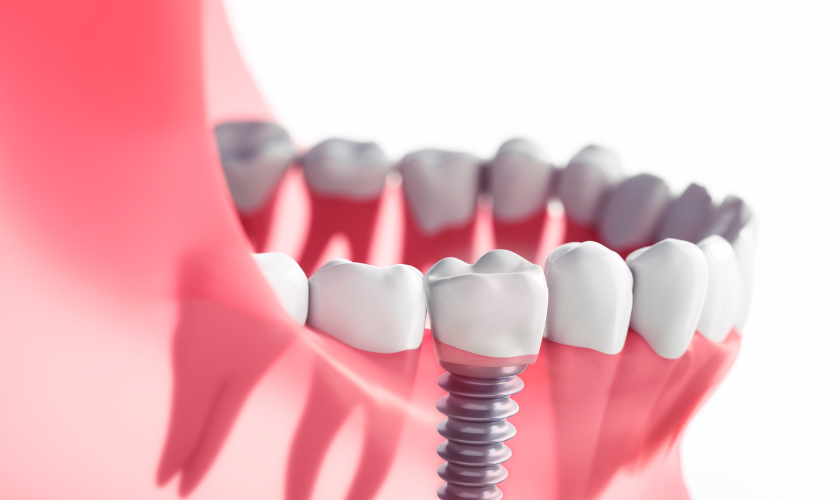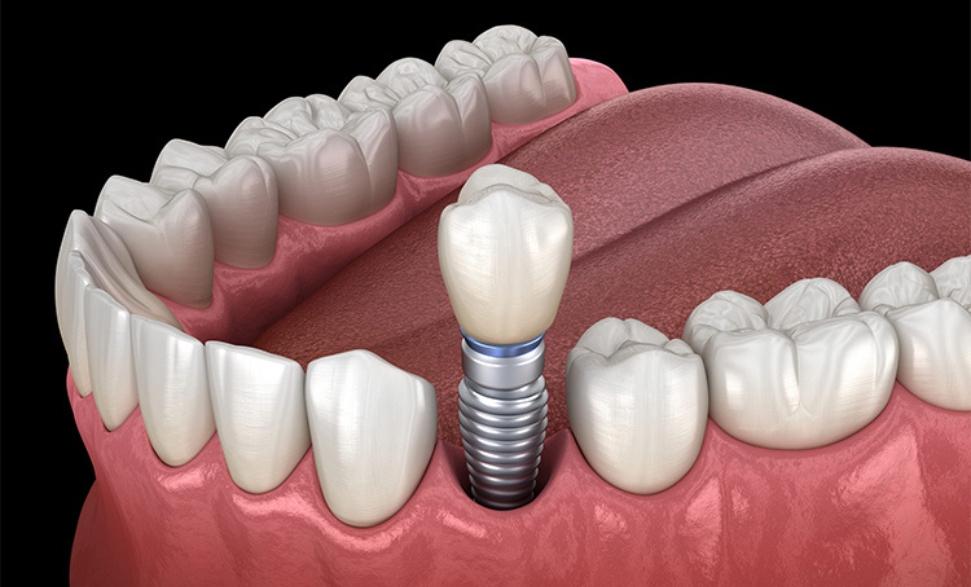
Dental implants have revolutionized restorative dentistry, offering a long-term solution for missing teeth. They provide a natural look and feel, but the path to getting them requires a clear understanding of the recovery process. Let’s dive into the different stages of recovery after getting dental implants, ensuring you know what to expect and how to navigate each phase smoothly.
The Immediate Post-Surgery Phase
Managing Discomfort and Swelling
After the dental implant surgery, some discomfort and swelling are common. This is a natural response as your body begins to heal. To alleviate pain, your dentist will prescribe medication or recommend over-the-counter pain relievers. Swelling usually peaks within 48 hours and can be managed with ice packs applied to the affected area. It’s crucial to follow your dentist’s instructions regarding medication and care routines.
Dietary Adjustments
Post-surgery, sticking to a soft diet is essential. Foods like yogurt, smoothies, mashed potatoes, and soups are gentle on your gums and implants. Staying hydrated also promotes healing, but steer clear of using straws as the suction can disrupt clot formation.
The First Few Weeks
Oral Hygiene Practices
Maintaining oral hygiene is vital during this stage to prevent infection. Brush your teeth gently, avoiding the surgical site, and rinse with a saltwater solution to keep the area clean. Your dentist might recommend a special mouthwash to aid in keeping bacteria at bay.
Gradual Return to Normal Activities
As your discomfort decreases, you can gradually resume normal activities. However, avoid strenuous exercise or activities that might increase blood flow to your face and lead to prolonged bleeding. Listen to your body and give yourself the time you need to heal properly.
The Osseointegration Process
What is Osseointegration?
Osseointegration is the critical phase where the implant fuses with your jawbone, creating a stable foundation for the artificial tooth. This process can take several months, typically between three to six months. During this period, it’s important to attend all follow-up appointments so your dentist can monitor the progress and ensure the implant is integrating correctly.
Signs of Successful Osseointegration
Successful osseointegration usually means the absence of pain and any signs of infection. Patience is key during this phase, as rushing can compromise the stability of the implant.
The Placement of the Abutment
Minor Surgery for the Abutment
Once osseointegration is complete, the next step is placing the abutment. This minor surgery involves reopening the gum to attach the abutment to the implant. The procedure is relatively quick, and any discomfort can be managed with local anesthesia and pain relievers.
Healing Time for the Abutment
During this time, maintaining good oral hygiene is essential to avoid infection. Follow your dentist’s advice on cleaning the area to promote proper healing.
Final Restoration Phase
Getting the Crown
The final stage involves placing the crown on the abutment. The crown is custom-made to match the color, shape, and size of your natural teeth, ensuring a seamless look. This appointment is usually straightforward and involves minimal discomfort.
Adjusting to the New Implant
It might take a little time to get used to your new dental implant. Initially, you may notice slight differences in your bite or speech, but these should resolve as you adapt. Regular check-ups with your dentist will ensure everything is functioning as expected.
Long-Term Care and Maintenance
Routine Dental Visits
Regular dental check-ups are crucial for maintaining the health of your dental implants and overall oral health. Your dentist will monitor the implant and surrounding tissues, clean hard-to-reach areas, and address any potential issues before they become serious.
Home Care Practices
At home, continue practicing good oral hygiene by brushing twice a day and flossing daily. Use non-abrasive toothpaste and a soft-bristled toothbrush to avoid damaging the implant. Consider using an interdental brush or water flosser to clean around the implant more effectively.
Potential Complications and How to Address Them
Professional Intervention
Timely intervention can address most complications effectively. Your dentist may recommend antibiotics for infections or further surgery in rare cases. Regular monitoring and prompt action are key to ensuring the longevity of your dental implants.
Ensuring Longevity
To ensure your dental implants last a lifetime, follow all post-operative care instructions diligently. Avoid habits that can damage the implant, such as smoking or chewing hard objects.
In conclusion, understanding the recovery stages of dental implants helps set realistic expectations and promotes successful outcomes. If you’re considering dental implants in Metairie, consulting with a qualified professional can guide you through the process and ensure personalized care tailored to your needs.
By being informed and proactive about each stage of recovery, you can enjoy the full benefits of dental implants and maintain a radiant, healthy smile for life.




